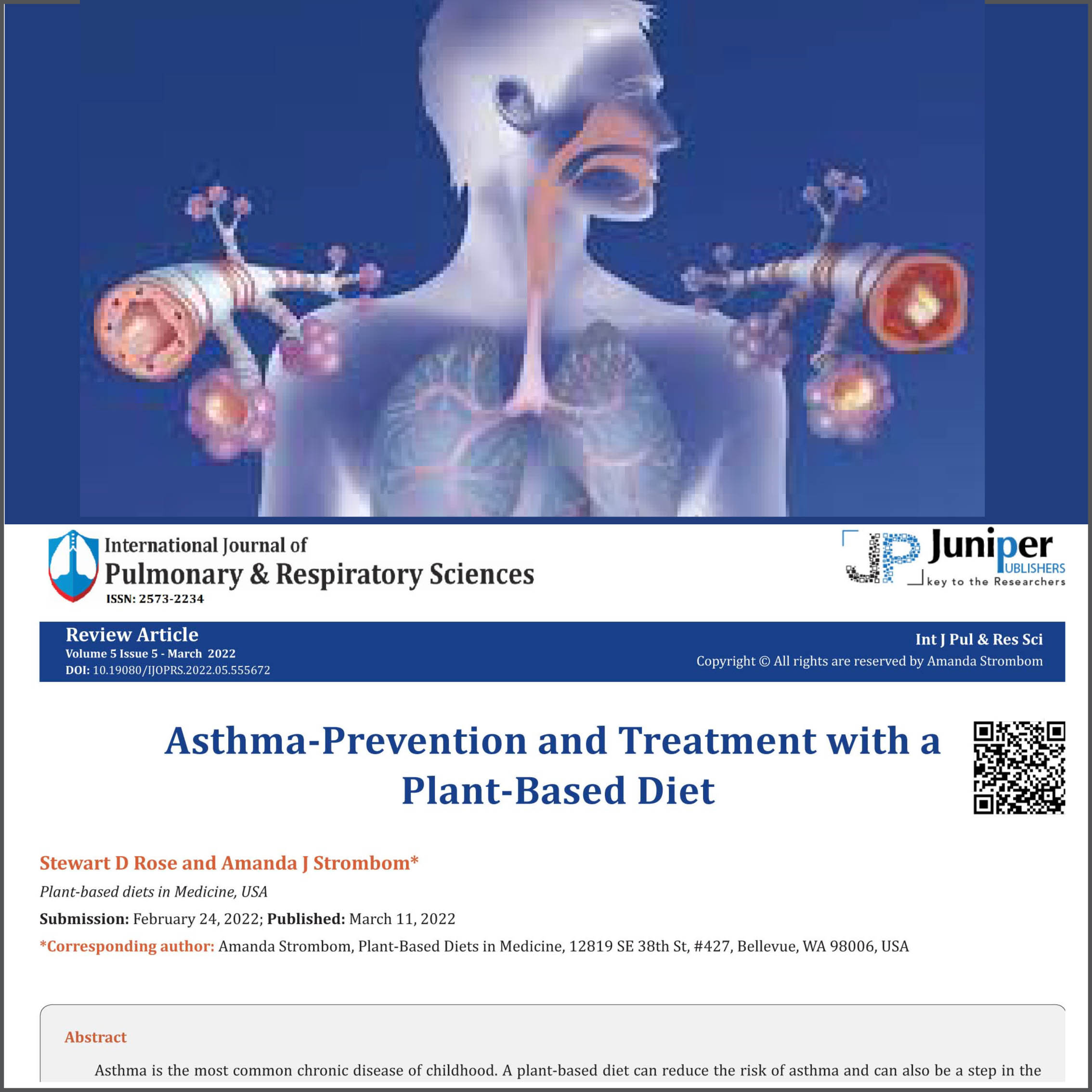
These terms can be confusing if your diet is not vegan or vegetarian. While the two terms may be similar in many aspects, there are also important differences. Essentially, being vegan means not eating any animal products. There are some common differences between vegans: Vegans avoid sweets made of gelatine and dairy.
Less dairy
If you are vegetarian or vegan, it is important to eat enough protein and calcium as well as iron. Particularly, eat whole grains and egg. These nutrients can also be obtained from fortified cereals, dried foods, and legumes. Additionally, dairy products are rich in iron and calcium.
Many people who are vegetarian or vegan care deeply about animal welfare. They also avoid leather or suede as they are considered to be animal products. They also look for cruelty-free cosmetics.

Avoiding sweets containing gelatine
Vegetarians and vegans should avoid sweets that contain gelatine. Gelatine is a form of collagen that is produced from animal byproducts. However, there are many vegan and vegetarian substitutes for gelatin. Agar-agar is one of these. It is important to note that some vegan manufacturers add casein to their products.
Gelatin is made from tendons, ligaments, skin, and other animal parts. Gelatin can also be extracted from fish by boiling fish scales. Gelatin can be found in desserts and candies sold at major supermarkets. Gelatin can also be found in cosmetics, photographic prints, and some wines.
Avoid animal products
Veganism is the practice of avoiding animal products. This means you should avoid meat, fish and poultry as well as eggs, milk products, and egg substitutes. This also includes avoiding leather, wool, and other products made of animals. Vegans also avoid honey and dairy products. Vegans prefer to eat raw, uncooked food. This type of diet is more strict than a standard vegetarian diet.
It is better to eat a vegetarian diet or vegan diet than the standard diet. It's high in fiber, low-fat saturated fats, low in sugar, and has a lot of vitamins and minerals. Studies have also shown that a vegetarian diet is good both for your health as well as the environment. These are just a few of the many reasons that vegans and vegetarians choose to eat this diet. A vegetarian or vegan diet is also recommended by some religions. Some Christian sects even encourage Lent without animal products.

Health benefits
Vegan and vegetarian diets offer many health benefits. They help lower cholesterol and reduce the risk of cardiovascular disease and diabetes. A vegetarian or vegan diet may be protective against some types of cancer, according to researchers. Recent research showed that vegans are less likely to develop cardiovascular disease and type 2 diabetes than their omnivorous counterparts.
Vegetarian and vegan diets lower blood glucose, which is a key indicator for diabetes. According to the study, higher blood glucose levels can be a sign of increased risk for diabetes. More research is required to fully understand the health benefits a vegetarian or vegan diet has for your health.
FAQ
What is the best way to live a healthy lifestyle?
A healthy lifestyle means eating healthy foods, exercising regularly, sleeping well, and avoiding stress. These guidelines will help you live a long, healthy life.
It's easy to start small with your exercise and diet. Try walking for 30 minutes daily if your goal is to lose weight. If you're looking for a way to increase your activity, consider taking up swimming or dancing. An online fitness program, such as Strava and Fitbit, can help you track your activity.
Get immune enhancement with herbs and supplements
Herbs and natural remedies can be used to boost immune function. Examples include ginger, garlic and oregano, echinacea, vitamin C, ginkgo Biloba, and echinacea.
However, these herbal remedies should not replace conventional medical treatment. These herbal remedies can cause nausea, diarrhea and stomach cramps. They can also cause dizziness, headaches, dizziness, allergic reactions, and stomach pains.
What makes an antibiotic effective?
Antibiotics can be used to kill bacteria. Antibiotics are used to treat bacterial infections. There are many different types of antibiotics. Some can be taken orally while others can be injected. Others are topically applied.
For people who have been exposed, antibiotics are often prescribed. One example is if someone has had chickenpox and wants to prevent shingles. A penicillin injection might be given to prevent pneumonia in someone who has had strep.
When antibiotics are given to children, they should be given by a doctor. Side effects of antibiotics can be more dangerous for children than for adults.
The most common side effect associated with antibiotics is diarrhea. Side effects of antibiotics include diarrhea, stomach cramps and nausea. These symptoms usually go away after treatment ends.
What is the difference among a virus or bacterium and what are their differences?
A virus is a microscopic organism which cannot reproduce outside of its host cell. A bacterium is a single-celled organism that reproduces by splitting itself in two. Viruses are very small (about 20 nanometers) while bacteria are larger (up to 1 micron).
Viruses can spread from contact with bodily fluids that are infected such as saliva, urine or semen. Bacteria can be spread by direct contact with infected objects and surfaces.
Viral infections can also be introduced to our bodies by a variety of cuts, scrapes or bites. They may also enter through the nose, mouth, eyes, ears, vagina, rectum , or anus.
Bacteria can be introduced to our bodies by cuts, scrapes or burns. They can also get into our bodies via food, water or soil.
Viruses and bacteria both cause illness. But viruses can't multiply within their host. So they only cause illnesses when they infect living cells.
Bacteria can multiply within their hosts and cause illness. They can also invade other parts of your body. To kill them, we must use antibiotics.
Is it possible to have a weak immune system due to being cold?
There are two types of people in the world: those who love winter and those that hate it. But, regardless of whether you love or loathe winter, you might be wondering why it makes you miserable.
The reason is simple: Our bodies are meant to function best in warm conditions. Our bodies were designed to thrive in hot weather because this is where the majority of our food sources are.
We live in a very different environment than our ancestors. We spend more time indoors and are often exposed to extreme temperatures (cold or heat) and eat processed foods rather than fresh.
Our bodies don't have the ability to tolerate extreme conditions anymore. That means that when we do venture outdoors, we're left feeling tired, sluggish, and even sick.
There are ways to combat these effects though. One way is to make sure that you stay well-hydrated throughout the day. Drinking plenty of water will help you keep your body hydrated and flush out toxins.
Another important step is to ensure that you're eating healthy meals. The best way to maintain your body's optimal temperature is by eating nutritious food. This is particularly helpful for anyone who spends long periods of time inside.
You can also meditate for a few minutes every day. Meditation helps to calm your mind and body. This will make it easier and more effective to deal with stress or illness.
What are the 10 most delicious foods?
The following are the 10 best foods to consume:
-
Avocados
-
Berries
-
Broccoli
-
Cauliflower
-
Eggs
-
Fish
-
Grains
-
Nuts
-
Oats
-
Salmon
Why should we have a healthy lifestyle to begin with?
Healthy lifestyles lead to happier and longer lives. Healthy eating habits, regular exercise, healthy sleep habits, stress management, and good sleep habits can help to prevent heart disease, stroke, diabetes, cancer, and other serious diseases.
A healthy lifestyle can also help improve mental health and make it easier to deal with everyday stressors. Having a healthy lifestyle will also boost our self confidence and help us look and feel younger.
Statistics
- This article received 11 testimonials and 86% of readers who voted found it helpful, earning it our reader-approved status. (wikihow.com)
- In both adults and children, the intake of free sugars should be reduced to less than 10% of total energy intake. (who.int)
- WHO recommends consuming less than 5% of total energy intake for additional health benefits. (who.int)
- According to the 2020 Dietary Guidelines for Americans, a balanced diet high in fruits and vegetables, lean protein, low-fat dairy and whole grains is needed for optimal energy. (mayoclinichealthsystem.org)
External Links
How To
What does the meaning of "vitamin?"
Vitamins are organic compounds naturally found in food. Vitamins help us absorb nutrients from foods we eat. Vitamins are not made by the body, so they must be obtained through food.
There are two types: water-soluble and fat-soluble vitamins. Water-soluble vitamins dissolve in water easily. You can find vitamin C,B1 or thiamine, B2 or riboflavin and B3 or niacin. B6 is pyridoxine. Folic acid, biotin and pantothenic are some examples. The liver and fatty tissue are the main storage places for fat-soluble vitamins. Examples include vitamin D, E, K, A, and beta carotene.
Vitamins are classified according their biological activity. There are eight main groups of vitamins.
-
A - vital for normal growth and maintaining good health.
-
C – essential for proper nerve function.
-
D - Vital for healthy bones and teeth
-
E is needed for good reproduction and vision.
-
K - Essential for healthy muscles and nerves.
-
P – vital for building strong bones.
-
Q - aids in digestion of iron and iron absorption
-
R is required for the production of red blood cells.
The recommended daily allowance of vitamins (RDA), varies depending upon age, gender, physical condition, and other factors. The U.S. Food and Drug Administration sets RDA values.
For example, the RDA for vitamin A is 400 micrograms per dayfor adults 19 years or older. However, pregnant women need 600 micrograms per day because it is important for fetal development. Children ages 1-8 require 900 micrograms per day. Infants under one year of age require 700 micrograms per day, but this amount decreases to 500 micrograms per day between 9 months and 12 months of age.
Children between the ages of 1-18 need 800 micrograms per daily for obesity, while those overweight require 1000 micrograms. To meet their nutritional needs, children underweight and obese need 1200micrograms.
Children between 4-8 years of age who have been diagnosed by anemia must consume 2200 micrograms daily of vitamin C.
Adults over 50 years of age need 2000 micrograms per day for general health. Due to their increased nutrient needs, pregnant and breastfeeding women need 3000 micrograms daily.
1500 micrograms are required daily by adults over 70 because they lose approximately 10% of their muscle each decade.
Women who have been pregnant or are lactating require more than the RDA. Pregnant women need 4000 micrograms per dayduring pregnancy and 2500 micrograms per day after delivery. Breastfeeding mothers require 5000 micrograms daily when breast milk production is occurring.